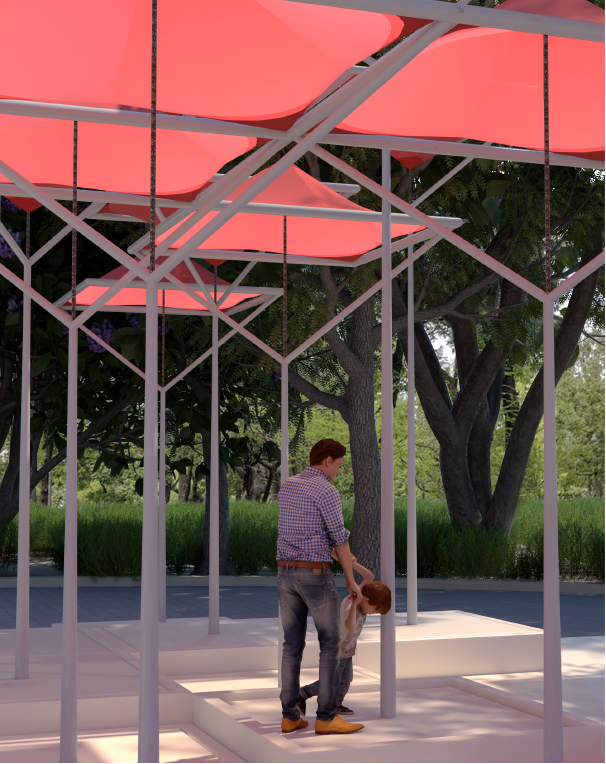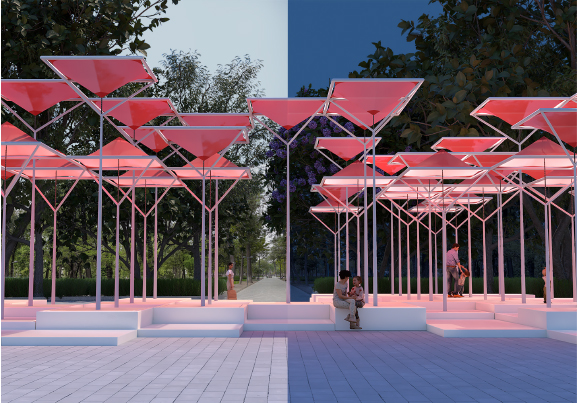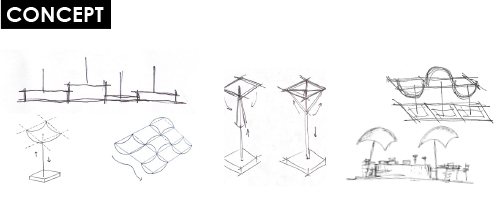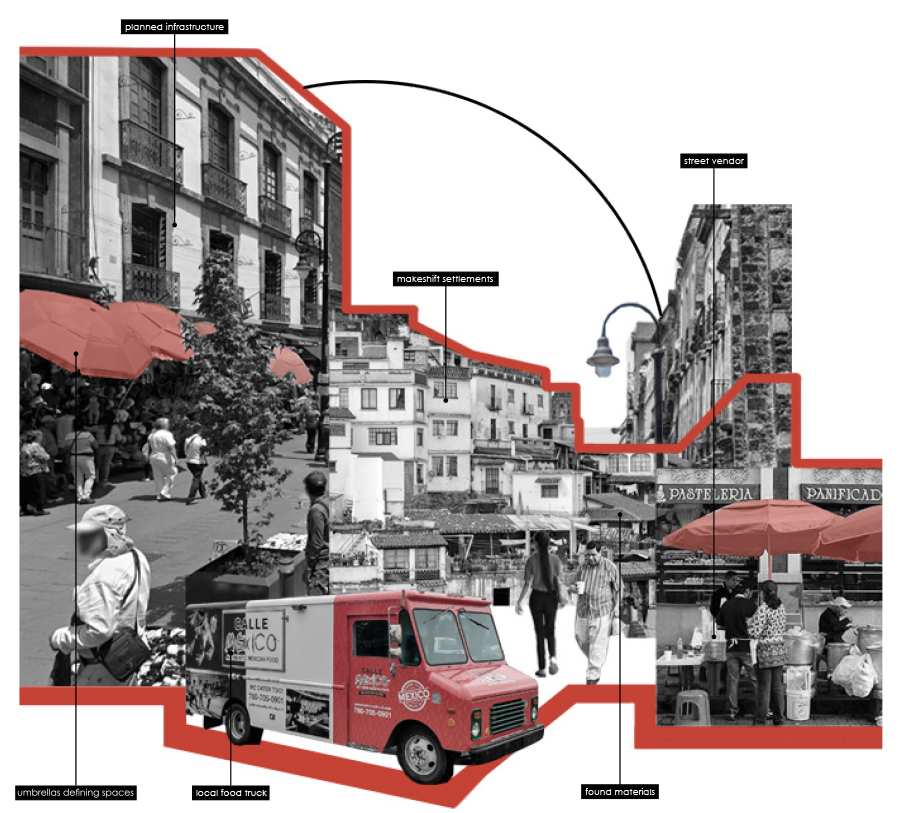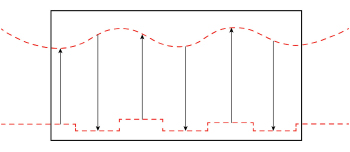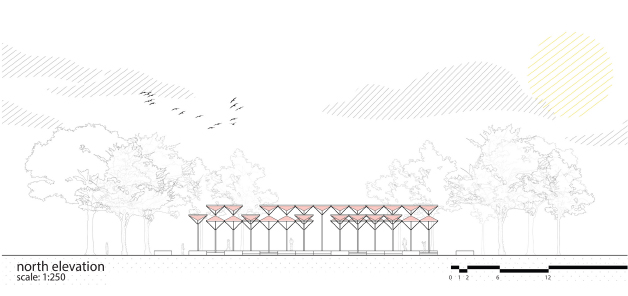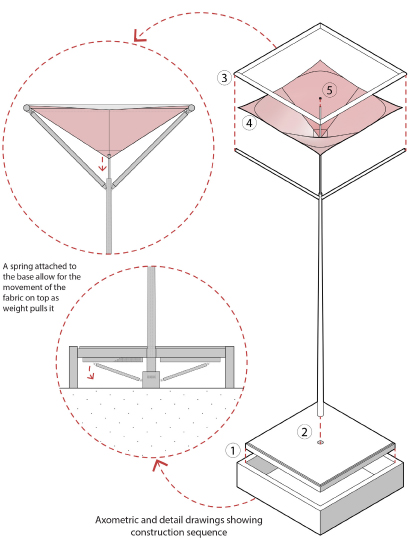Liam Fujita, Marian Molina Garcia, Saroash Haider, Zarreen Khan, Wilson Leung, Navi Sharma
Mextropoli 2022 Pavilion: compa
Mexico City presents itself as a vibrant metropolis, rich in culture and animated by the flows and movements of people. Within the city, a defining yet contrasting relationship can be found between order and chaos. This relationship is present in both the infrastructure as well as the social order present within the city. This discrepancy has led to an apparent increase in what is known as “trabajo informal” or informal work. The term refers to the informal economy which weaves itself into the city, often in the form of food trucks and street vendors. The positioning of (usually) a red umbrella or tarp above these businesses signifies the claiming of that space. Many of these workers reside in makeshift settlements surrounding the periphery of Mexico City. Unable to infiltrate the city, these dwellings build on top of each other, creating a unique condition in which an artificial topography is formed. Inspired by these social inequalities, this modular pavilion serves as a representation of these movements. The base panel of the modules are pushed down which in turn create gentle vertical motions in the umbrella like canopies above. The shifting of the base panels mimic the movement of the ground plane or topography as workers create their own shelters and livelihoods. The canopies represent the claiming of a space within the city, establishing a workspace. These movements and unruly flows bring in an element of playfulness which is reflected through the interactive nature of this pavilion.
Mextropoli 2022 Pavilion: compa
Mexico City presents itself as a vibrant metropolis, rich in culture and animated by the flows and movements of people. Within the city, a defining yet contrasting relationship can be found between order and chaos. This relationship is present in both the infrastructure as well as the social order present within the city. This discrepancy has led to an apparent increase in what is known as “trabajo informal” or informal work. The term refers to the informal economy which weaves itself into the city, often in the form of food trucks and street vendors. The positioning of (usually) a red umbrella or tarp above these businesses signifies the claiming of that space. Many of these workers reside in makeshift settlements surrounding the periphery of Mexico City. Unable to infiltrate the city, these dwellings build on top of each other, creating a unique condition in which an artificial topography is formed. Inspired by these social inequalities, this modular pavilion serves as a representation of these movements. The base panel of the modules are pushed down which in turn create gentle vertical motions in the umbrella like canopies above. The shifting of the base panels mimic the movement of the ground plane or topography as workers create their own shelters and livelihoods. The canopies represent the claiming of a space within the city, establishing a workspace. These movements and unruly flows bring in an element of playfulness which is reflected through the interactive nature of this pavilion.
